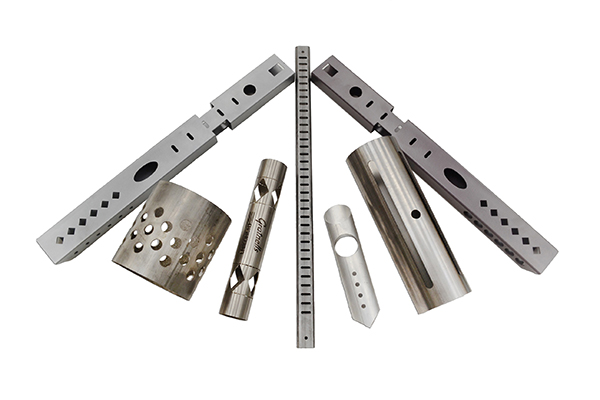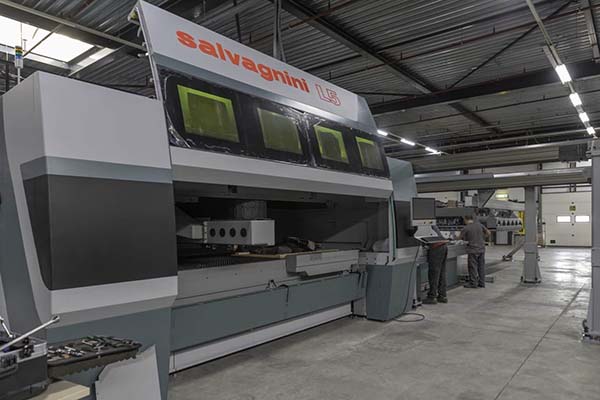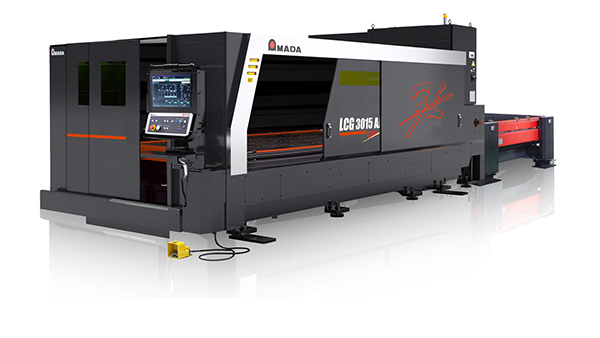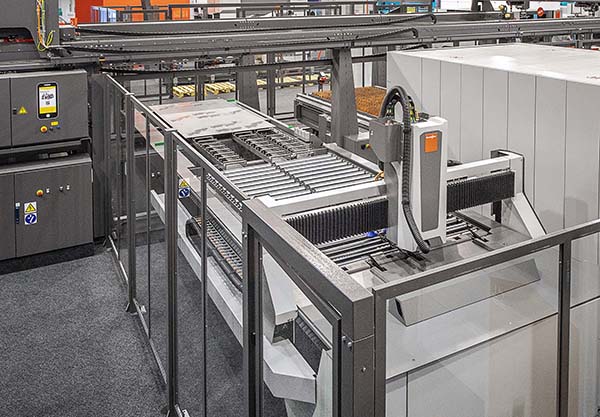At the recent Advanced Engineering show in Birmingham, Harlow-based Gratnells Engineering opted to showcase its latest laser technology developments. In 2018, the company invested in a new BLM LT Fiber machine, allowing it to expand its capabilities and ensure clients benefit from even faster turnaround times.

The new machine sits next to an existing LT5, a laser tube-cutting machine designed to cut from small to medium diameters and thicknesses of metal tubular sections. The LT Fiber allows tubes of any shape to be cut, along with the processing of special sections and even open shapes without any additional special equipment.
According to Gratnells, tube laser cutting is continuing to grow in popularity as it offers a quick route to a precise finish, eliminating conventional, time-consuming stages such as marking out, sawing and finishing, while delivering significant cost savings.
Investing in the latest laser technology has increased Gratnells Engineering’s factory efficiency by allowing unloading to various positions, with finished parts from one machine being unloaded while production continues uninterrupted on the other. The need to manually separate parts from different orders has also now been eliminated.
Gratnells’ factory can today turn around tube laser-cutting jobs within 3-5 days from receipt of order and, using sophisticated software, can process parts from a variety of media, including 3D models, XT files and SolidWorks. This capability is particularly beneficial for bespoke automotive and point-of-sale components where minimum quantities can start
at 1-off.
For further information www.gratnellslasercutting.com























